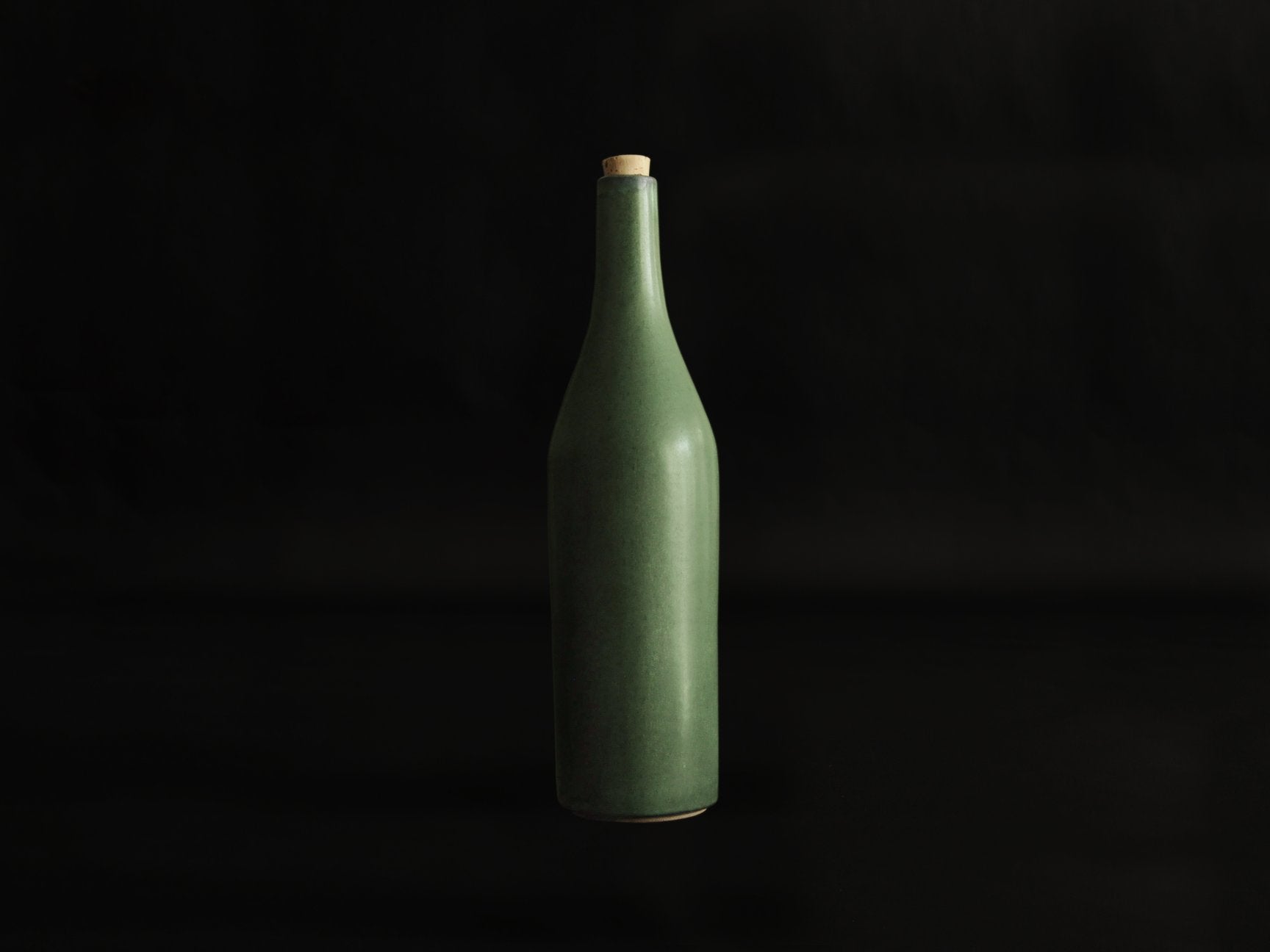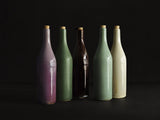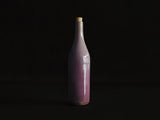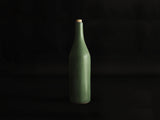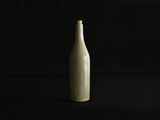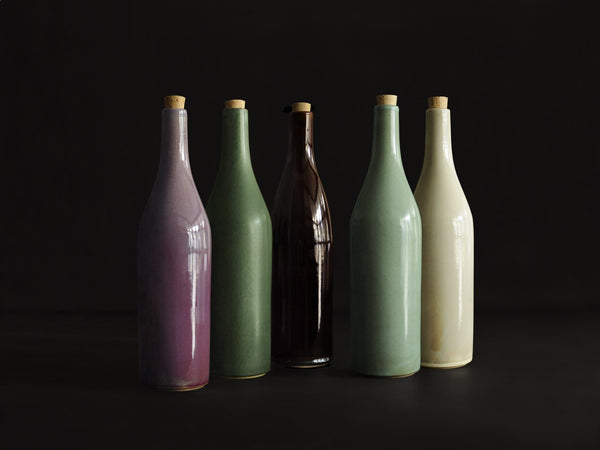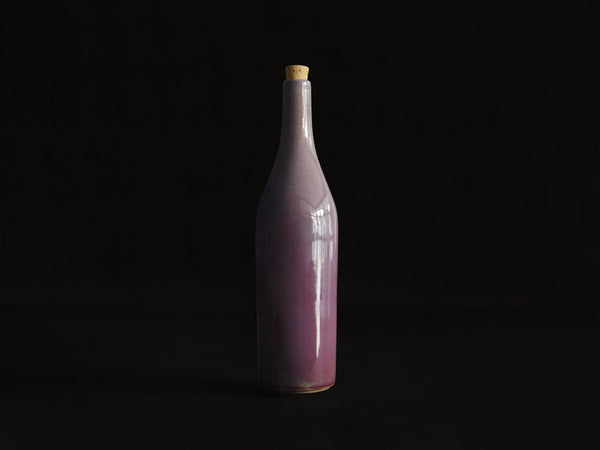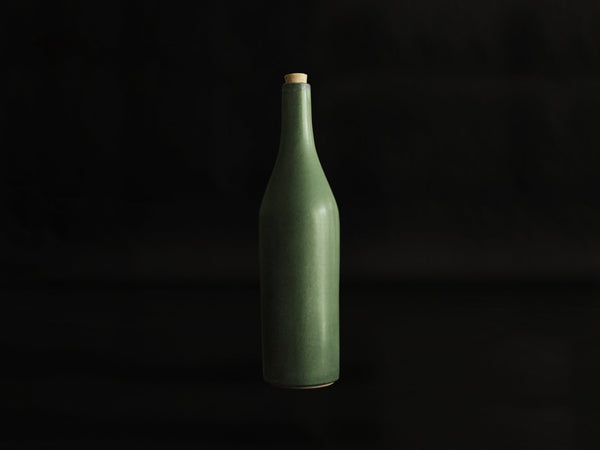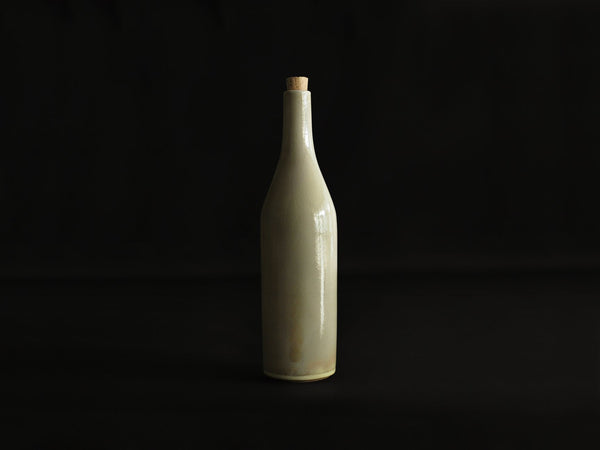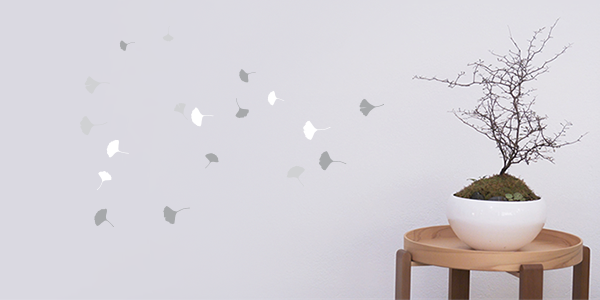Pottery Glazed Bottles by Simplicity
Simplicity endeavours to create lifestyle products for contemporary living using the best traditional craft techniques of Japan.
This pottery series of bottles are produced in the renowned porcelain-making village of Arita in Saga prefecture. The bowls come in a range of glazes using the traditional colours of Japan, which are uniquely rooted in nature. The glazed surfaces display a beautiful interplay with light, revealing a subtle depth in colour. These ceramic vessels are humble in size and form, making them ideal as simple items to have for everyday use.
The green glaze is known as ‘Oribe’ glaze. Characterised by a dark green colour resulting from the mixing of copper and ash glaze, the name is derived from ‘Oribe’, an apprentice of the 16th-century tea master Sen no Rikyu who favoured the colour.
The ivory glaze is known as Kohiki glaze. The name is derived from its powder-like appearance, which is formed as a result of coating the exterior surface with a white slip before applying a translucent glaze. The glaze reveals a light pink colour resulting from the air reacting to the glaze during the firing process.
The Cinnabar purple glaze is a result of a small amount of copper introduced and the purple hues developed during reduction firing.
Dimensions: ø 8.5 × H 34cm; weighs 650g
Materials: Clay, Glazed
Place of Origin: Arita, Japan
Instructions for Care:
Hand Wash Recommended
1.Oribe Green,
2.Kohiki Ivory
3.Cinnabar Purple
Designed by Simplicity and handcrafted in SAGA ,Arita, Japan
• This handmade product is unique and may have slight differences between each product in terms of colour, pattern, shape and size.
•Rinse with water using a soft sponge. Do not put in the dishwasher.
Do not use abrasive household products, bleach or metal scourer.
• When using for the first time, please go through the 'medome' seasoning process. Prepare a starchy solution with water and three spoons (50ml) of potato starch or flour and after boiling, place the bottle in it and leave it submerged and low heat simmering for 30 minutes. It smooths and fills the irregular surface of the earthenware vessel. Drain, rinse and dry for use.
*Before placing it on a table, check the underside of the object. If it has any irregularities, place it on a placemat so as not to cause scratches. If necessary, file the roughness with very fine sandpaper to erase them.
• The container has a high water absorption capacity. Kohiki is particularly noteworthy: depending on the water and the components it has absorbed, a slight and pretty shade can appear over time.

